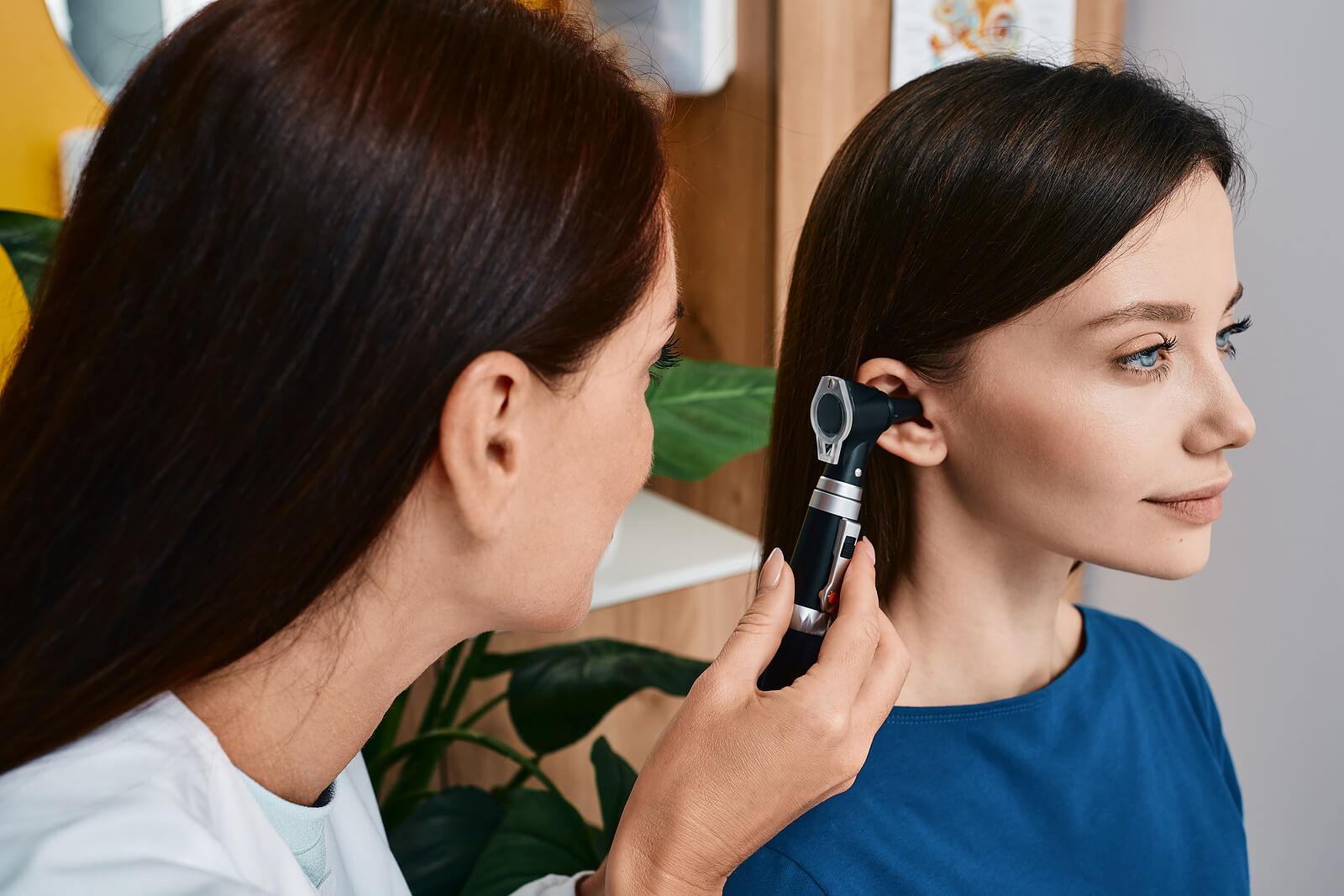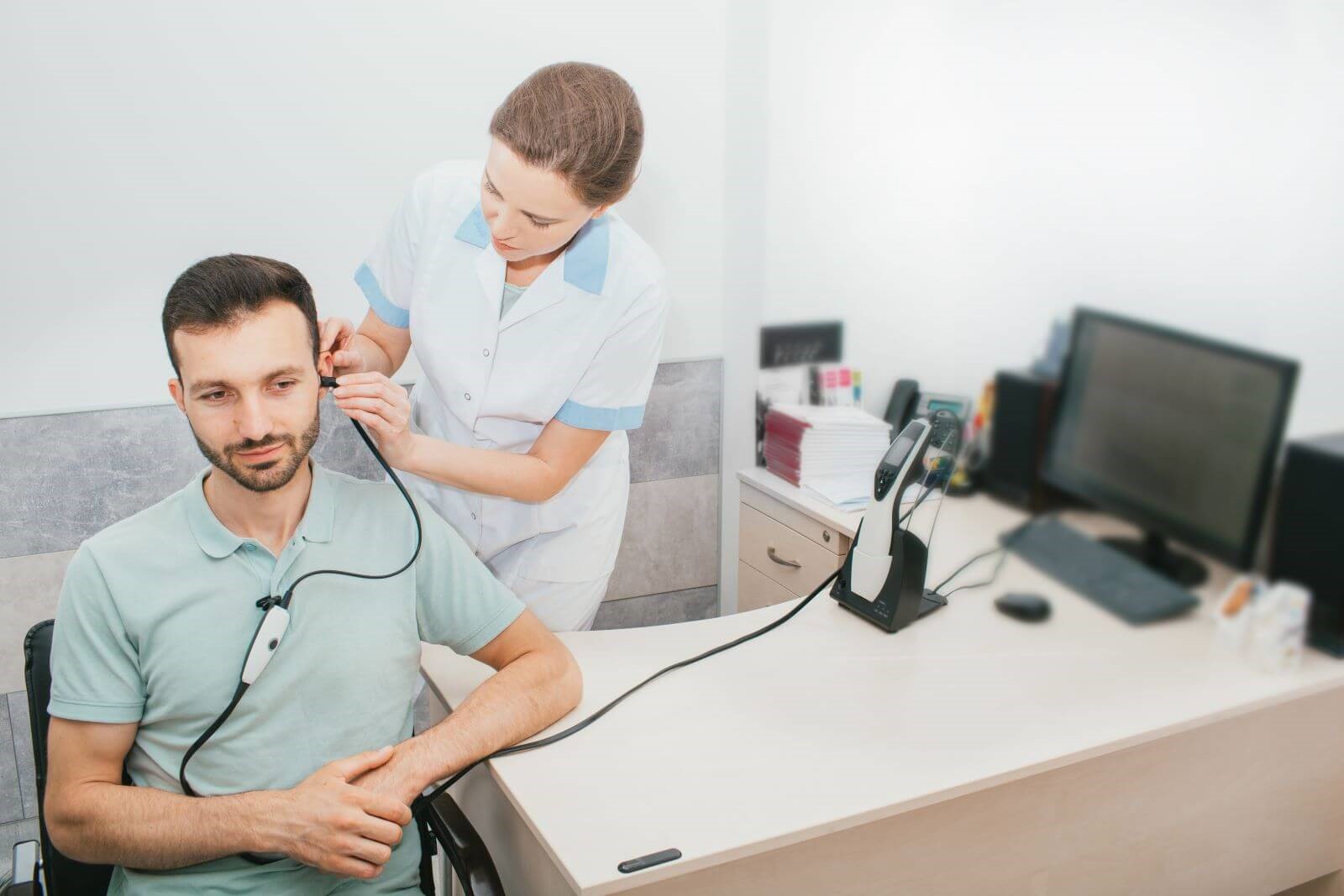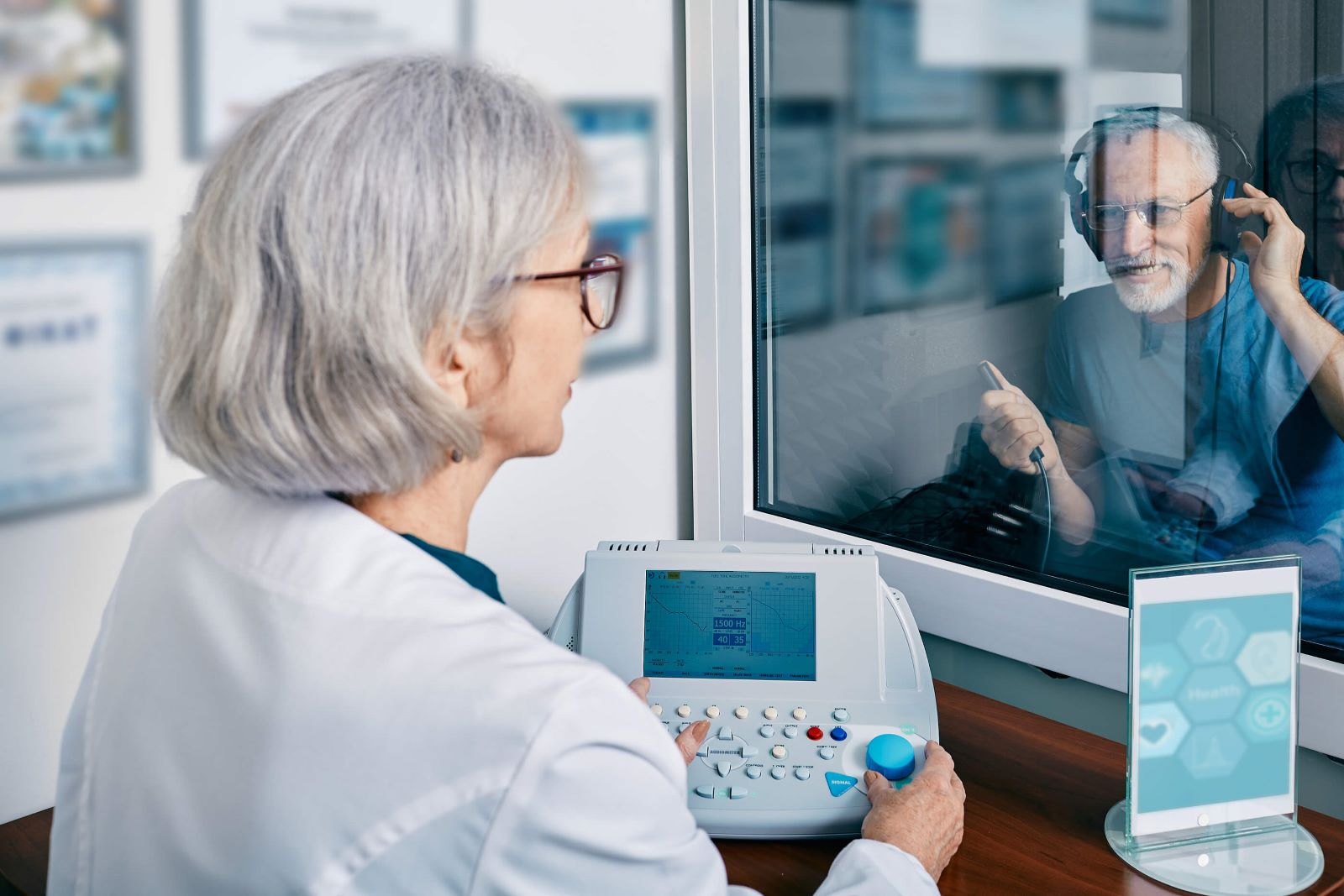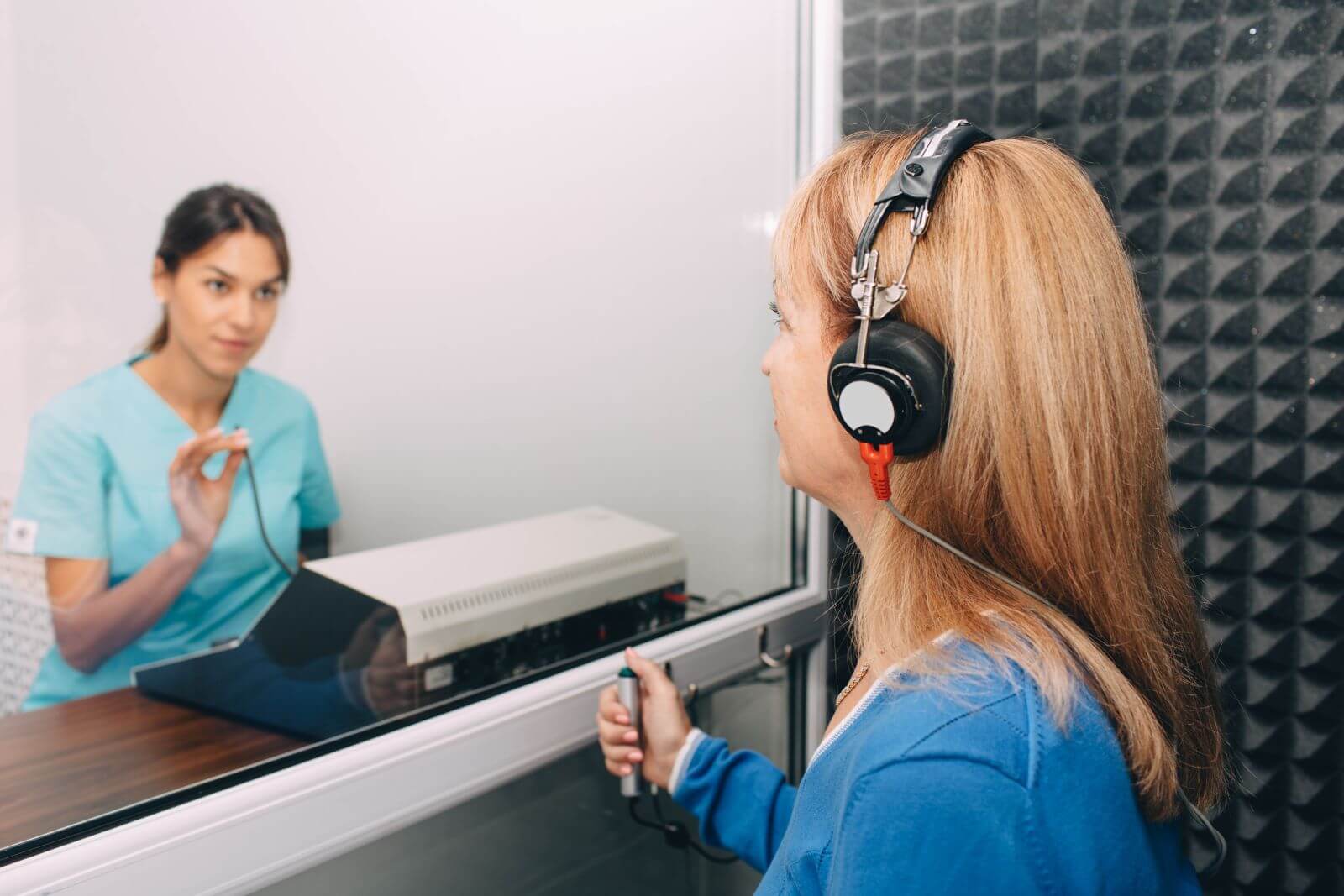What to Expect at a Hearing Test
An audiological evaluation is conducted to determine the extent and classification of hearing loss you may have. It is usually done by an audiologist, an expert who is highly trained in recognizing and treating hearing loss and other issues associated with the auditory system. Here at Moore Hearing Centers, Dr. Moore will conduct the hearing evaluation with you!
During the assessment, Dr. Moore will evaluate your hearing ability and the auditory system overall from a battery of diagnostic tests. From your test results, he will be able to make conclusions about the comprehensive status of your hearing health.
The complete hearing evaluation is painless, easy, and comfortable. This entire process can take between thirty minutes to one hour and may differ for each individual, as everyone's requirements are unique. Even if you don't have to complete every segment of the exam, comprehensive hearing tests usually entail the following stages:

Health History

Otoscopy

Tympanometry
Speech Testing


